Archives
- 2025-12
- 2025-11
- 2025-10
- 2025-09
- 2025-03
- 2025-02
- 2025-01
- 2024-12
- 2024-11
- 2024-10
- 2024-09
- 2024-08
- 2024-07
- 2024-06
- 2024-05
- 2024-04
- 2024-03
- 2024-02
- 2024-01
- 2023-12
- 2023-11
- 2023-10
- 2023-09
- 2023-08
- 2023-06
- 2023-05
- 2023-04
- 2023-03
- 2023-02
- 2023-01
- 2022-12
- 2022-11
- 2022-10
- 2022-09
- 2022-08
- 2022-07
- 2022-06
- 2022-05
- 2022-04
- 2022-03
- 2022-02
- 2022-01
- 2021-12
- 2021-11
- 2021-10
- 2021-09
- 2021-08
- 2021-07
- 2021-06
- 2021-05
- 2021-04
- 2021-03
- 2021-02
- 2021-01
- 2020-12
- 2020-11
- 2020-10
- 2020-09
- 2020-08
- 2020-07
- 2020-06
- 2020-05
- 2020-04
- 2020-03
- 2020-02
- 2020-01
- 2019-12
- 2019-11
- 2019-10
- 2019-09
- 2019-08
- 2019-07
- 2019-06
- 2019-05
- 2019-04
- 2018-07
-
Distribution of DGTS in basidiomycete fungi has been demonst
2019-08-30

Distribution of DGTS in basidiomycete fungi has been demonstrated to be heterogeneous. In certain fungal taxons, such as Agaricales, Polyporales and Russulales, there are species that synthesize and species that do not synthesize DGTS that belong to the same order or even family (Dembitsky, 1996, Va
-
The IP R is a ubiquitously expressed
2019-08-29

The IP3R is a ubiquitously expressed Ca2+-release channel from the ER, activated by IP3, produced upon cellular stimulation by hormones, growth factors or neurotransmitters. Three genes are coding for the IP3R and their gene products (IP3R1, IP3R2, IP3R3) assemble in functional homo- or heterotetram
-
Iris domestica L Goldblatt Mabb syn Belamcanda chinensis L
2019-08-29
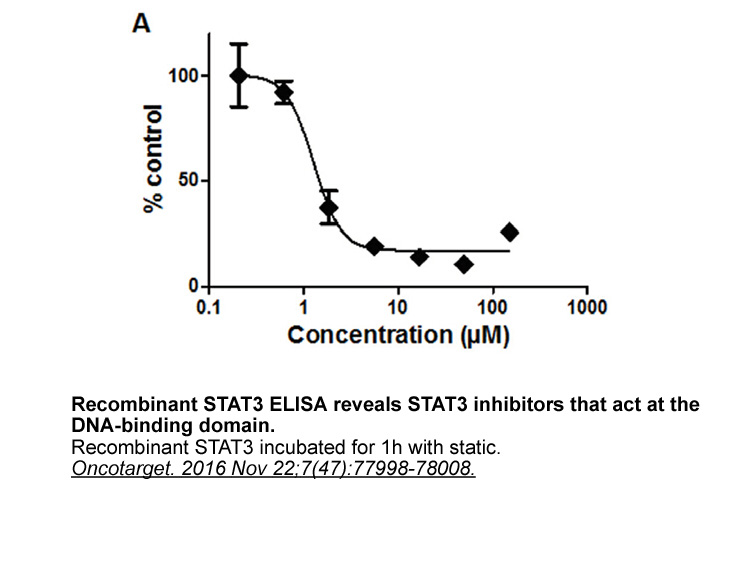
Iris domestica (L.) Goldblatt & Mabb. (syn. Belamcanda chinensis L.) DC. (Iridaceae) occurs naturally in South and East Asia. Despite the fact that former monotypic genus Belamcanda has been included in the extended genus Iris, this classification has been questioned (Wilson, 2011; Mavrodiev et al.,
-
br Materials and methods br Result and
2019-08-29
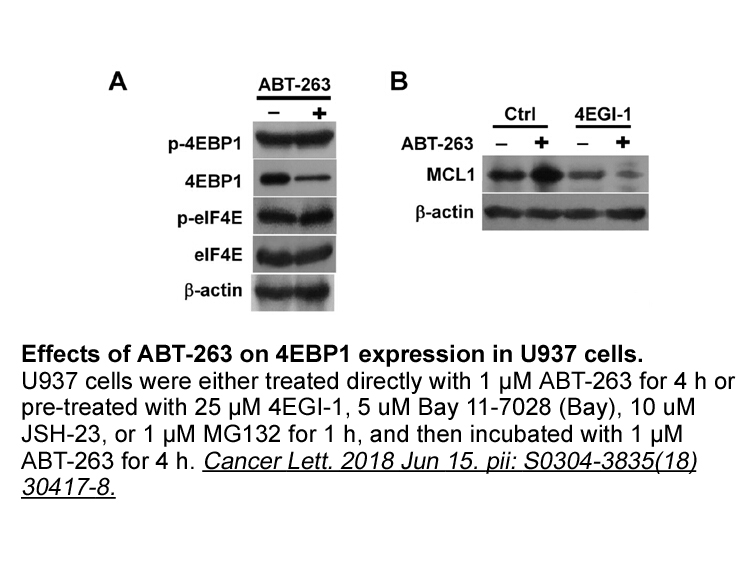
Materials and methods Result and discussion qRT-PCR was utilized to explore the effect of acetamizuril on the mRNA level of enolase. The results were analyzed according to the Livak 2−ΔΔCT method (Schmittgen and Livak, 2008): the mean CT of the enolase in treated and untreated samples was 29.8
-
High concentrations of kC may also arise from dietary intake
2019-08-29

High concentrations of 7kC may also arise from dietary intake of processed cholesterol-rich food, likely favoring or worsening inflammatory bowel disease (IBD) [5,13]. Furthermore, IBD has been associated with a dysregulation of colonic 11β-HSD expression, exhibiting increased 11β-HSD1 and decreased
-
Among the Ub interactions observed in
2019-08-29
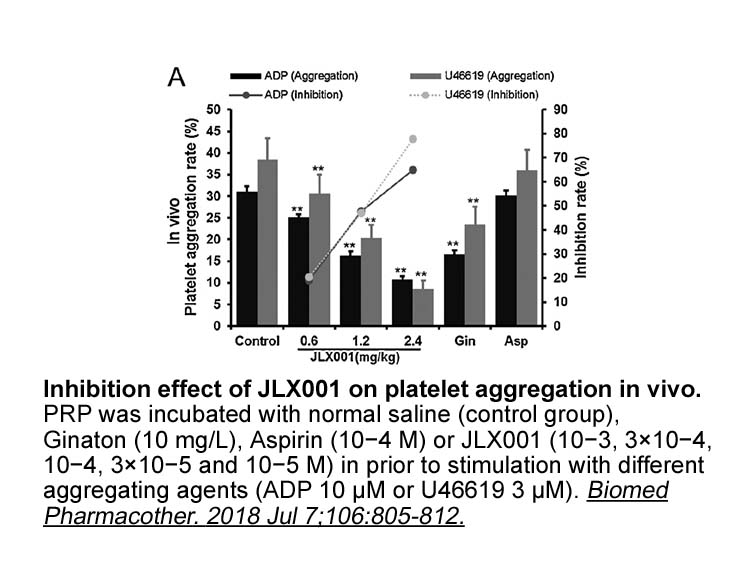
Among the ~Ub interactions observed in the HOIP structure is one that involves a RING2 domain (from the non-cognate HOIP) [47]. A similar binding interaction was defined between HHARI RING2 and the hydrophobic patch on Ub by NMR [54]. HHARI RING2 mutations that ablate the interaction inhibit formati
-
The mesolimbic dopamine system is believed to be
2019-08-29
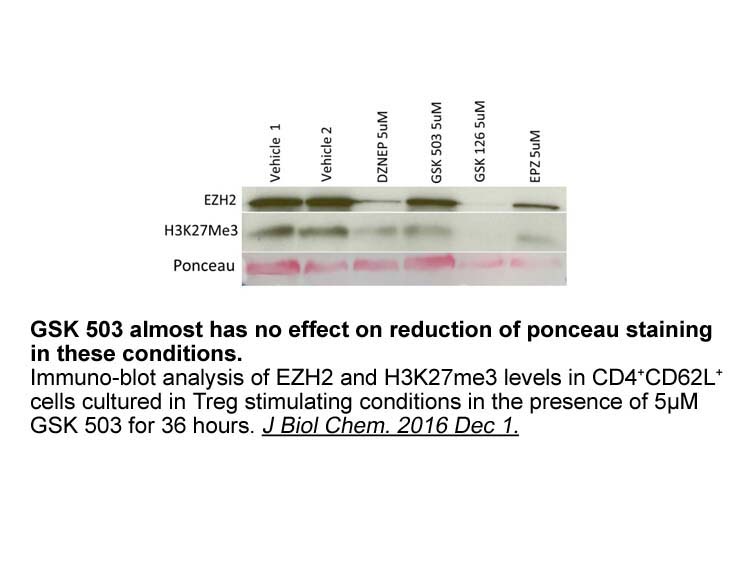
The mesolimbic dopamine system is believed to be highly important for evaluating environmental stimuli in order to generate an adaptive behavioral response. Thus, not surprisingly these functions appear to have been highly conserved across the vertebrate subphylum. Even though teleost fish lack midb
-
closantel As mentioned above there are two major
2019-08-29
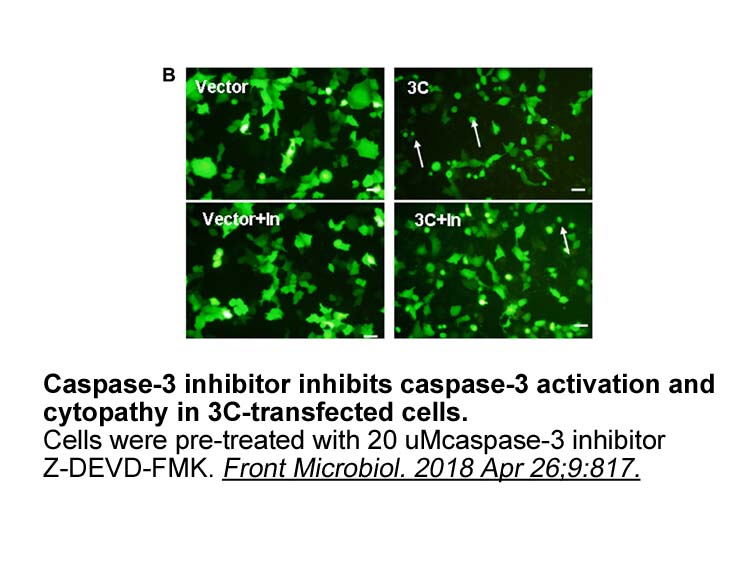
As mentioned above, there are two major pathways for the DSB repair in mammalian cells, NHEJ and HR/HDR (homology-directed repair) [13], [51]. NHEJ is active throughout the cell cycle, predominately during the G0 and G1 phases and is considered the major pathway for the DSB repair in human cells [52
-
In addition to carbamates organophosphates are classic inhib
2019-08-28
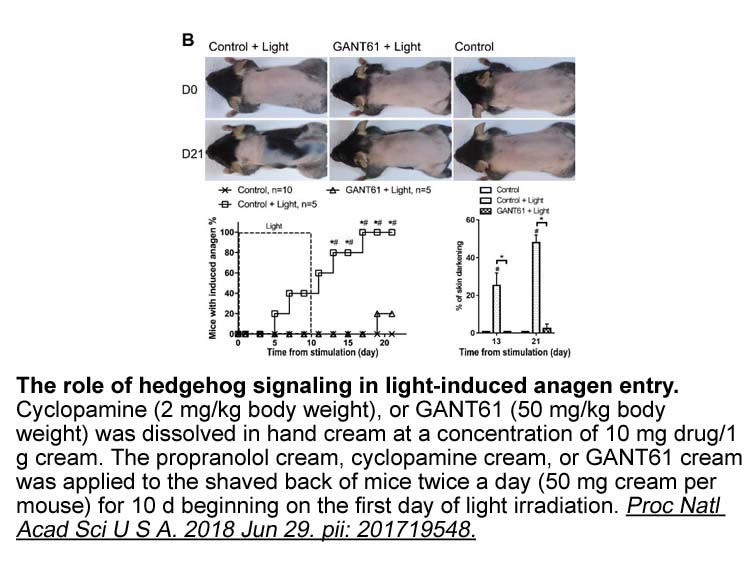
In addition to carbamates, organophosphates are classic inhibitors of cholinesterases. Previous studies with aquatic organisms have demonstrated their sensitivity to such chemicals. For example, individuals of the freshwater fish Colossoma macropomum exposed to the organophosphate dichlorvos, chlorp
-
br Methods br Discussion In
2019-08-28
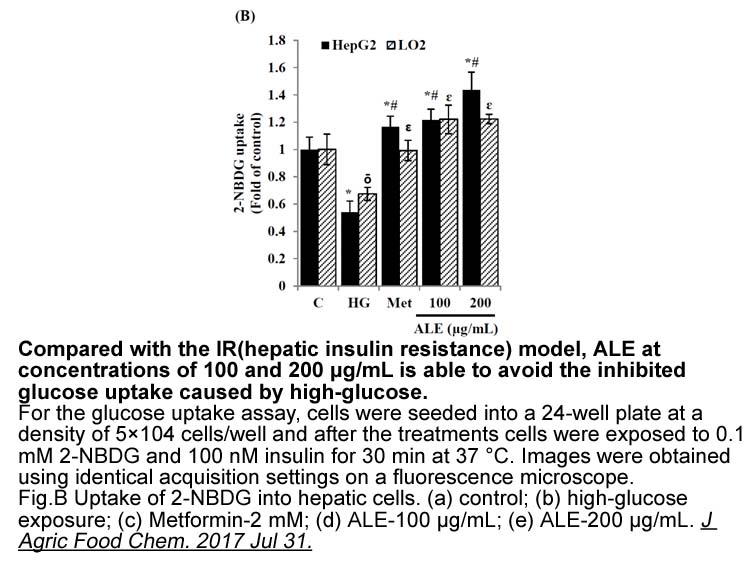
Methods Discussion In a recent survey among 2625 high risk patients on atorvastatin, 10.5% of patients achieved an LDL-target of burden and cardiovascular event probability [23,28]. However, given the limited acceptance of more aggressive statins by patients and treating physicians as documen
-
Many researchers studied the experimental investigation of R
2019-08-28
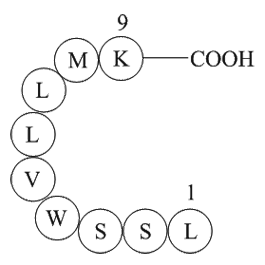
Many researchers studied the experimental investigation of RHA in cement enhances the strength and durability of the concrete [9], [10], [11], [12]. It is most important that concrete must withstand its strength even after it is being exposed to any corrosive environment over a period of time. In ad
-
In our former work our interest was in discovery
2019-08-28

In our former work, our interest was in discovery of novel VEGFR-2 inhibitors as anti-angiogenesis agents. Along this line, with natural alkaloid taspine as the lead compound, rounds of structure optimization were performed to develop novel VEGFR-2 inhibitors [[13], [14], [15]]. Among them, BPS-7, b
-
360A The question remains however as to
2019-08-28
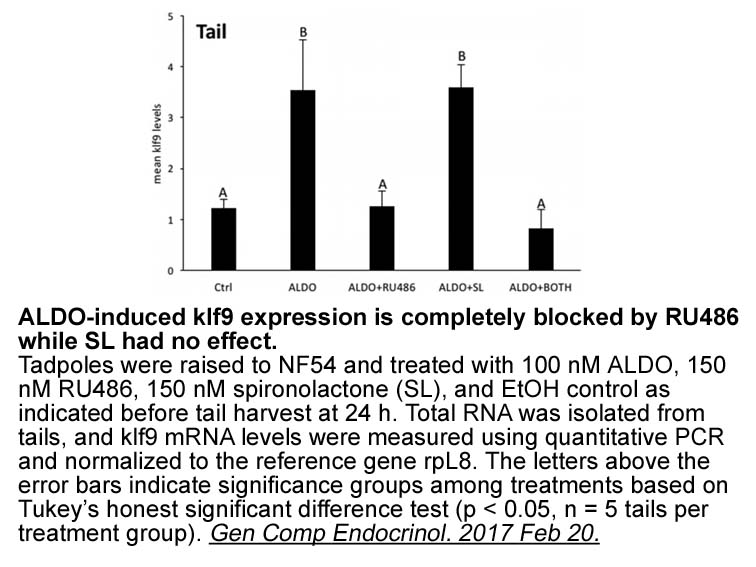
The question remains, however as to the downstream signaling by Epacs that contributes to persistent sensitization of sensory neurons. Activation of the Ras family of GTPases by Epac1 (RapGEF3) or Epac2 (RapGEF4) (Bos, 2003, de Rooij et al., 1998) is linked to a number of downstream signaling effect
-
br Materials and methods br Results br
2019-08-28
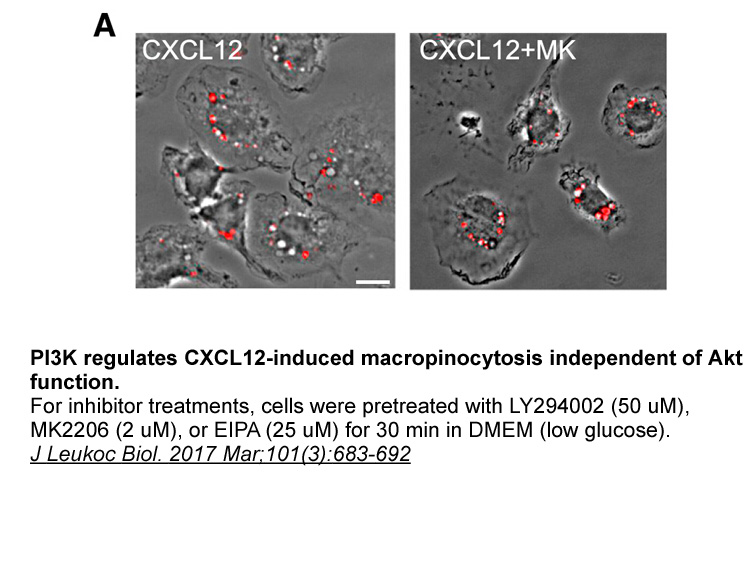
Materials and methods Results Discussion Here we show expression of the EP1 receptor in the hippocampus of mice and the functional influence of the EP1 receptor on kainic AXL1717 pathway induced seizures. Mice lacking a functional EP1 receptor gene displayed a lower tendency to enter statu
-
All known vertebrate TRIMs are categorized in distinct subcl
2019-08-28
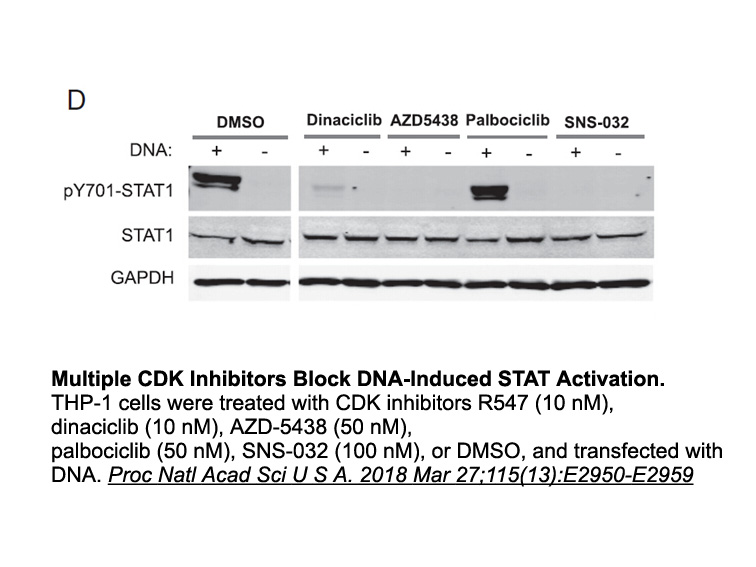
All known vertebrate TRIMs are categorized in 11 distinct subclasses depending on the types of domains present at their carboxyl-terminals (Fig. 3) [29], [35]. Beyond conserved N-terminal domains, it is the C-terminal that provides specificity of interactions with other proteins. The subclass IV for
15369 records 956/1025 page Previous Next First page 上5页 956957958959960 下5页 Last page